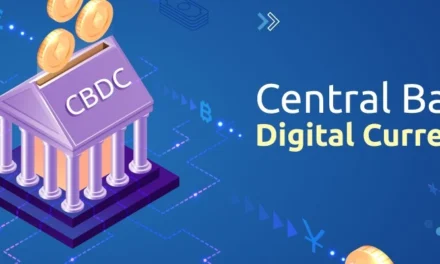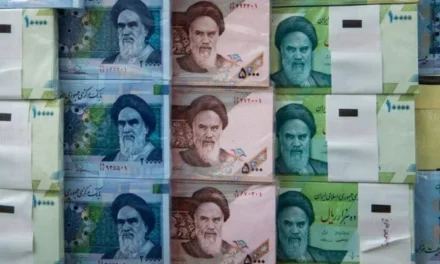Brazil, a land of diverse cultures and vibrant landscapes, has a currency history as colorful as its Carnival celebrations.
Let’s embark on a journey through time to explore the evolution of Brazilian currency, from its early roots to the modern era and the historical exchange rate. Keep reading!
Brazilian Money Timeline
- Native Roots: Brazil’s currency history begins with its indigenous peoples who engaged in barter systems long before European colonization. Various tribes had unique methods of trade, utilizing items like shells, beads, and even agricultural products.
- Portuguese Influence: Upon the arrival of the Portuguese in the 16th century, Brazil became a colony, and the first standardized currency emerged. The Portuguese introduced the real, a currency that would continue to shape Brazil’s monetary landscape for centuries.

- Imperial Era: As Brazil gained independence in 1822, the country’s first Emperor, Dom Pedro I, established the Brazilian Mint, marking a new chapter in currency production. The Brazilian real remained the official currency during the Imperial era.
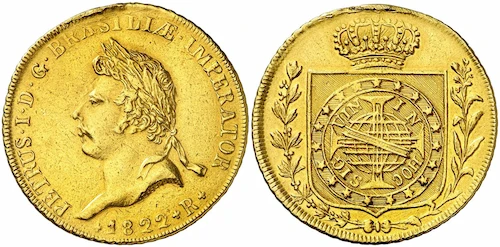
- Republican Transition: The transition to a republic in 1889 brought about changes to Brazilian currency. The Brazilian real persisted, but new designs and denominations reflected the country’s newfound status.

- Inflation Challenges: The latter half of the 20th century saw Brazil grappling with economic challenges, particularly hyperinflation. The introduction of various currency plans, including the Cruzado and the Cruzeiro, aimed to stabilize the economy.
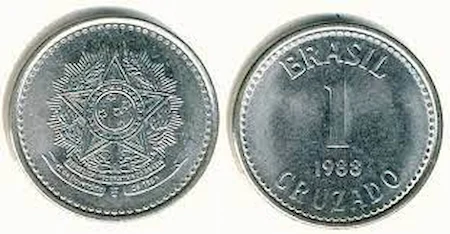
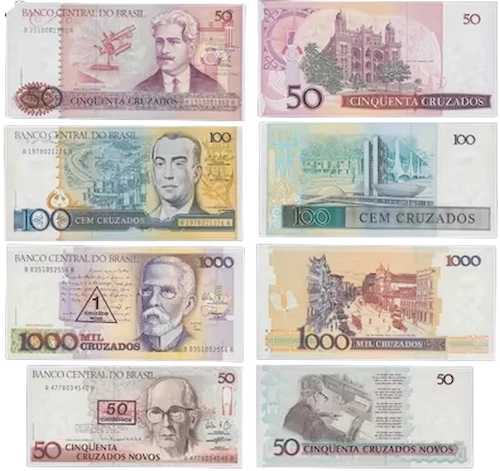
- Plano Real: In 1994, the Plano Real emerged as a groundbreaking economic plan. The Brazilian real was reintroduced as the official currency, and measures were implemented to curb hyperinflation, laying the groundwork for a more stable economy.
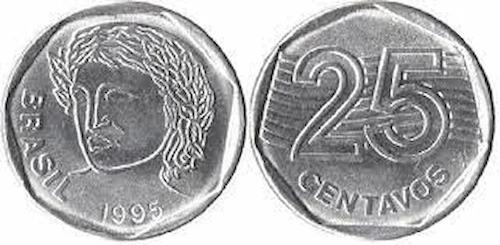
Current Brazil country currency
- Modern Real: Today, the Brazilian real stands as a symbol of economic resilience. Its banknotes showcase prominent figures, natural wonders, and cultural icons, reflecting the nation’s rich heritage. The real’s exchange rate and value continue to play a crucial role in Brazil’s economic landscape.
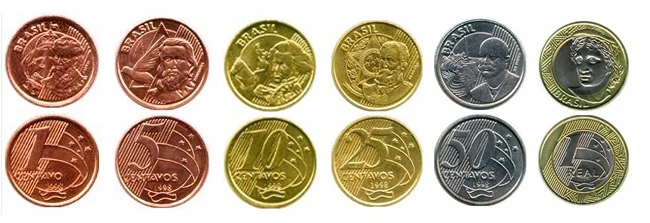
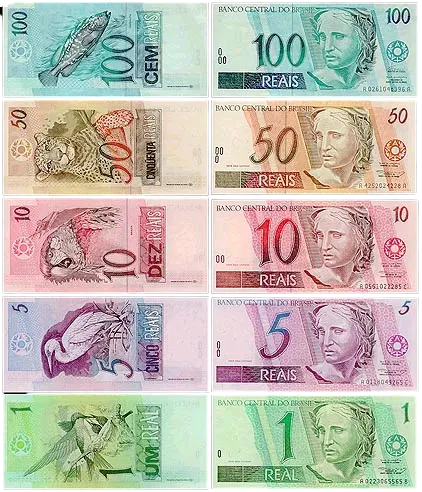
Future of Brazil’s money
- Technological Advancements: In the digital age, Brazil has embraced technological advancements in currency. The adoption of electronic payment systems and digital wallets reflects the nation’s commitment to staying at the forefront of financial innovation.
- Future Perspectives: As Brazil navigates the complexities of the global economy, discussions about the future of its currency persist. Innovations such as Central Bank Digital Currencies (CBDCs), BRICS and ongoing economic reforms may shape the trajectory of Brazilian currency in the years to come.
Brazilian real exchange rate history
Find below the exchange rate of the Brazilian real against the US dollar during the last few years and its historical exchange rate:

Conclusion:
The history of Brazilian currency is a captivating tale of adaptation, resilience, and economic transformation. From indigenous barter systems to the modern real, Brazil’s currency journey mirrors the nation’s dynamic spirit.
As Brazil continues to evolve, so too will its currency, weaving a narrative that reflects the ever-changing tapestry of this South American giant.



